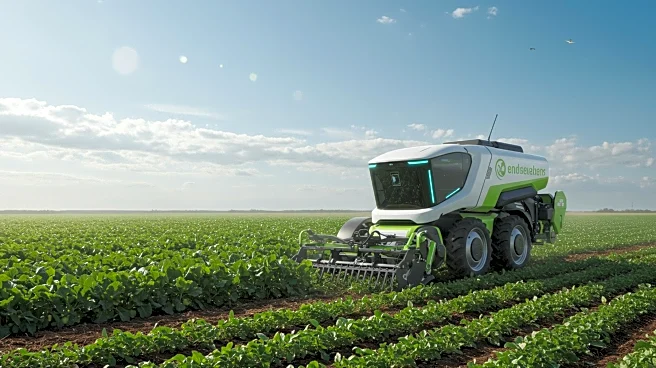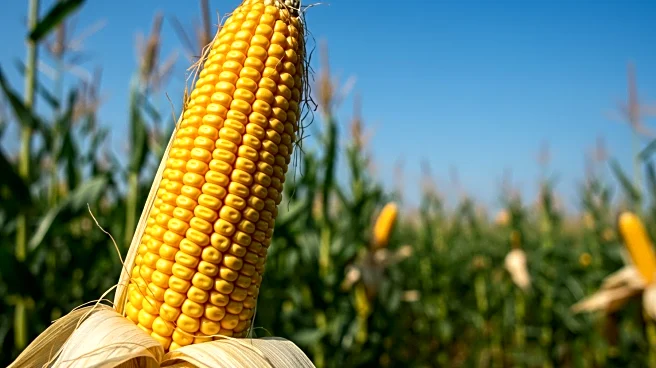Rapid Read • 8 min read
The U.S. Agricultural Tractor Market is projected to grow significantly, reaching an estimated value of $32.1 billion by 2033, up from $20.73 billion in 2024. This growth is driven by a compound annual growth rate (CAGR) of 4.98% from 2025 to 2033. The market's expansion is influenced by increased mechanization in farming, technological advancements in tractor design, and rising demand in major agricultural states such as California, Texas, and Iowa. The introduction of automation and telematics in tractors is expected to further propel market growth, enhancing fuel efficiency, accuracy, and adaptability for various farming tasks. Additionally, the average farm size in the U.S. has increased, leading to a higher demand for row crop tractors.
AD
The growth of the agricultural tractor market is crucial for the U.S. farming industry, as it addresses labor shortages and rising operational costs. With over 40% of farmers facing challenges in hiring adequate workers, mechanization through tractors helps maintain production levels and reduce dependency on manual labor. Technological advancements in precision agriculture, incorporating GPS, AI, and IoT, allow for more efficient resource management, increasing crop yields and reducing environmental impact. Government incentives and subsidies further support farmers in acquiring advanced equipment, promoting sustainable farming practices and ensuring food security.
The market is expected to continue evolving with ongoing technological innovations and increased adoption of precision agriculture techniques. Manufacturers are likely to focus on developing more efficient and environmentally friendly tractor models to meet changing consumer expectations and regulatory requirements. The U.S. Department of Agriculture's report on precision agriculture adoption indicates a growing trend, with 27% of farms implementing these techniques in 2023. As the market expands, stakeholders may anticipate further government support and incentives to facilitate access to cutting-edge agricultural machinery.
The agricultural tractor market faces challenges such as compliance with environmental regulations and economic uncertainties. Manufacturers must continuously update engine designs and exhaust treatment technologies to meet stringent emissions standards, which can increase production costs. Economic factors, including raw material prices and trade regulations, also impact the market, potentially affecting affordability and sales. Despite these challenges, the sector's growth is vital for modernizing farming operations and enhancing productivity across the U.S.
AD
More Stories You Might Enjoy












